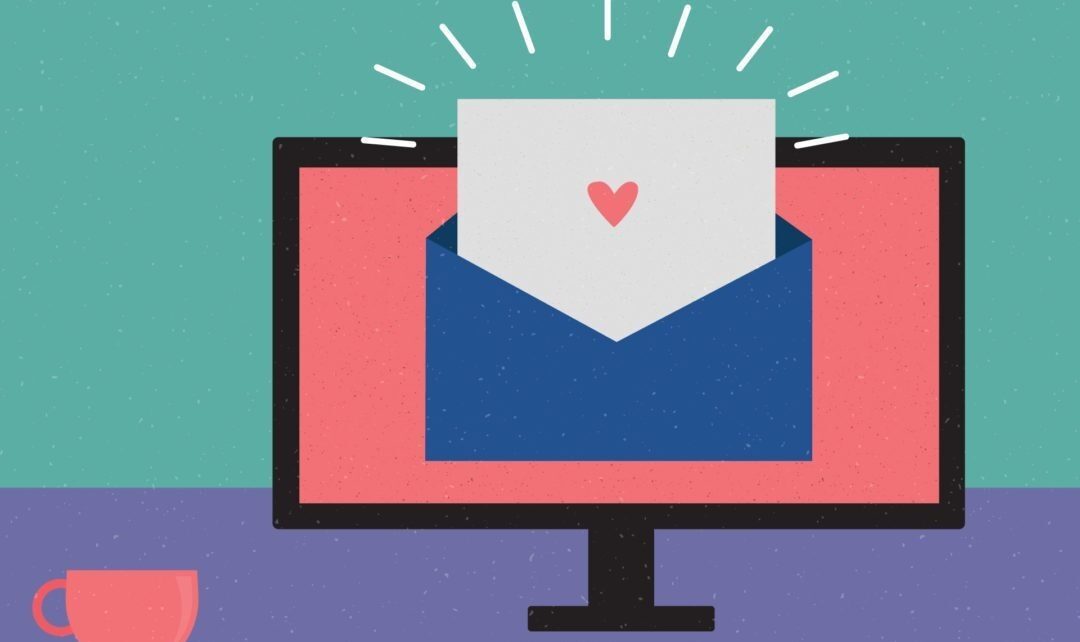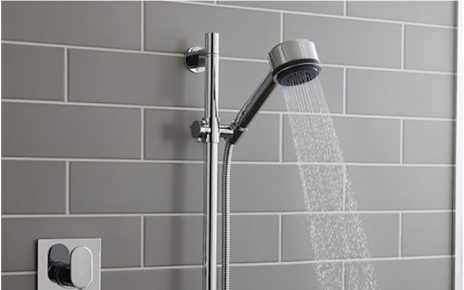Why is email warm-up important?
In today’s digital age, email has become an essential tool for communication, both in personal and professional settings. However, simply sending out emails is not enough to ensure that they reach their intended recipients. One of the biggest challenges faced by email marketers and businesses alike is ensuring that their emails land in the inbox and not in the dreaded spam folder. This is where the concept of email warm-up comes into play.
Email warm-up involves gradually establishing a positive reputation for your email domain and IP address, which in turn increases the chances of your emails being delivered to the inbox. It is a process that involves sending a series of carefully crafted emails to a select group of recipients, gradually increasing the volume and frequency of your email sends. This gradual approach allows mailbox providers to recognize your email as trustworthy and not spam, leading to improved inbox placement.
The importance of email warm-up cannot be overstated. When you send out emails without warming up your domain and IP address, mailbox providers may flag your emails as potential spam. This can have a detrimental effect on your email deliverability, causing your messages to be sent directly to the spam folder or even blocked altogether. By implementing an email warm-up strategy, you can improve your chances of reaching the inbox and ensure that your messages are seen by your intended audience.
The science behind email warm-up
Email warm-up is not just a random process; it is rooted in the science of email deliverability. When you send an email, it goes through a series of filters and checks before reaching its final destination. These filters assess various factors, such as the sender’s reputation, email content, and recipient engagement, to determine whether the email should be delivered to the inbox or marked as spam.
During the warm-up process, you gradually build a positive reputation by establishing a track record of sending legitimate and engaging emails. This is achieved by sending emails to a small group of recipients who have opted in to receive your messages. By monitoring their engagement levels, such as opens and clicks, you can demonstrate to mailbox providers that your emails are relevant and desired by recipients.
Another important aspect of email warm-up is gradually increasing the volume and frequency of your email sends. This allows mailbox providers to evaluate your sending patterns and determine that you are not a spammer. By starting with a low volume and gradually scaling up, you can avoid triggering any red flags and build a solid reputation over time.
You can be interested in – https://mailtoaster.ai/what-is-email-encryption/.





